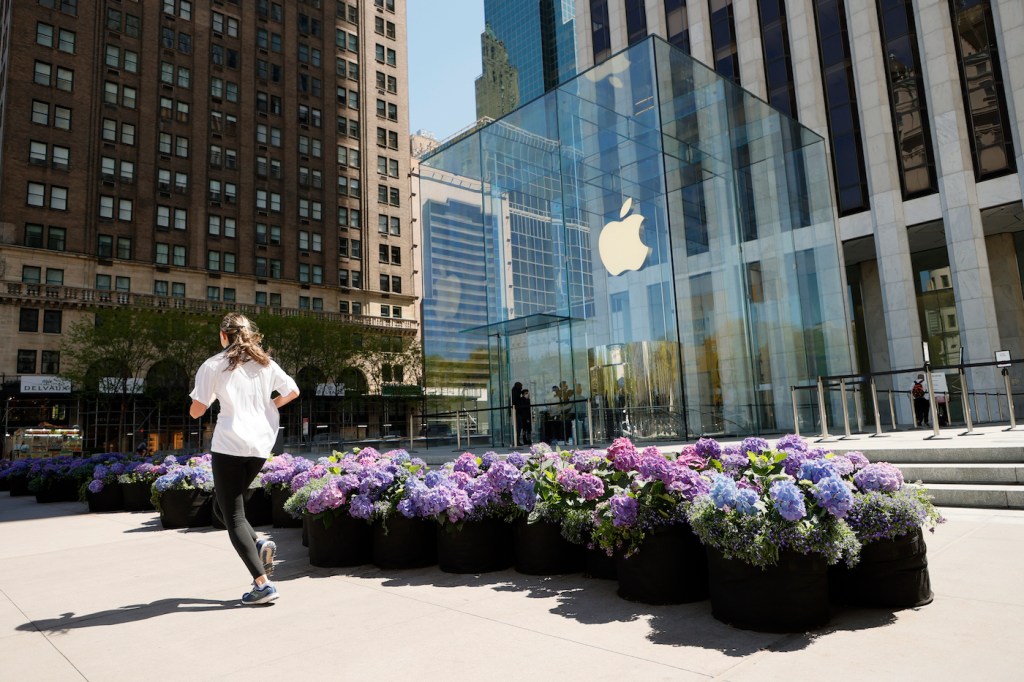Peter Ramsey
More posts from Peter Ramsey
The home-workout sector is hot right now. Amazon recently announced Halo Fitness, Peloton have rereleased their treadmills after some controversy, and Apple released Fitness+ late into 2020.
On paper, there’s never been a better time to work out at home. But are these subscriptions actually any good? For example, what’s the experience of Apple Fitness+ actually like?
That’s what I’ve been working on this month: Reviewing Apple Fitness and demonstrating where the experience fails to reach its stride.
This TechCrunch+ exclusive is a more detailed conversation around this article, which you can read on Built for Mars.
1. The “jump in” fallacy
“It’s wrong to assume that showing ‘options’ quickly is always good UX — this is often under the guise that it’s allowing the user to ‘jump right in.’ There’s a nuance that’s seldom considered: Can the user actually engage with all of this content or not? If they wanted to, could they actually use all of these options (or results)?”
This is something I see all the time, and it’s hugely misunderstood. Imagine if you went on Rightmove (or Zillow) and the homepage just showed you a selection of houses all over the world — it’d be useless. It’s rare that someone is looking to relocate anywhere, so instead, their first action is to apply a filter. It’d be wrong for Rightmove to think: “Well, we’ve shown houses immediately, so it only takes one click to find your dream home.”
This is essentially what happens with Apple Fitness+ — they show you workouts on the homepage, despite many (if not most) being unsuitable for you, and then don’t provide any obvious means to filter the options.

Tip: It’s not always a good idea to display results immediately. You need to consider if everything you’re showing the user is useful.
2. When to intentionally add friction
A good rule of thumb that I follow is to only add friction if there is a trackable and provable long-term benefit. As an example, “collecting data” is only valuable if you actually do something with it. So the question is, what do you do with it? How does it impact the long-term user experience? And ultimately, can you prove that benefit? If not, how will you ever know if it was a successful trade-off?
What am I talking about? Isn’t friction always bad for a user experience? The short answer is … no.
For example, immediately after signing up, Apple asks for access to your data. This kills the sign-up momentum. At a point where the user is expecting a benefit (access to the workouts), they’re doing the reverse — being asked to give something to Apple.

When I work with product teams, I’m often asked about when it’s appropriate to intentionally add friction. Inherently, it’s often important to the business to add it sometimes — for example, to gather more data or push people into upgrading packages.
This gets even harder as a product team grows and multiple people influence the output. But by having the discipline to only add it in when there’s a trackable and provable benefit, you may think twice about adding a data notice into the product despite not having any real use for the data.
Tip: You need the discipline to only intentionally add friction to your progress when there is a trackable and provable benefit.
3. Credit to YouTube
We’ve all been in this position: You’ve clicked on a video, the first 10 seconds are boring, so you skip forward a bit to try and bypass the introduction. Except, it didn’t work. Now you don’t know what’s going on, so you rewind a bit — but still, you lack the context to efficiently listen in to the conversation. This is how many people, myself included, used to watch YouTube videos.
It’d look something like this:

YouTube has solved this issue with a feature called “Chapters,” which works like chapters in a book or in a film. You may have noticed rectangular bars in the footer of the player, which can be labelled by the uploader. This is an important innovation for YouTube, because their retention rates are based on creators uploading engaging content, which is out of their control.
And, as more YouTubers fill the first 60 seconds of their videos with ads, the ability to efficiently skip portions of the video becomes more important.

This is a masterclass in innovative UX. YouTube understood user behavior — people were clicking around videos — and designed a solution that didn’t try to change their behavior but made it easier for them to succeed with it.
In other words, building a great product isn’t always about changing what someone does — some things are inevitable or too sticky — but rather adapting your experience to make that behavior more effective.
Here’s something to dwell on: What user behaviors exist for your product that you could make more efficient?































Comment